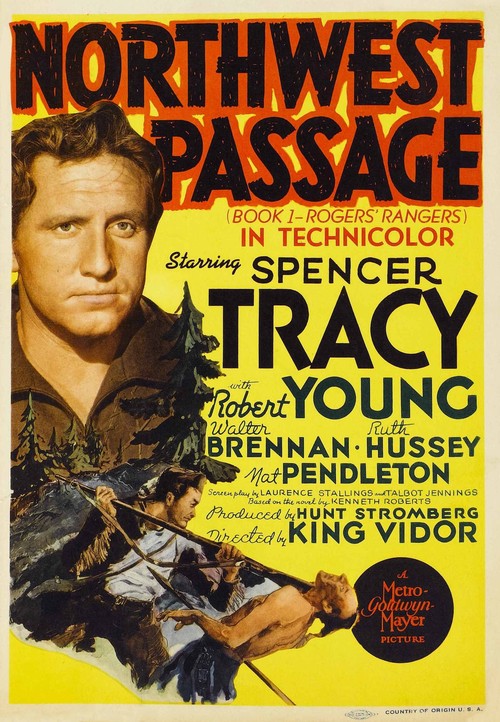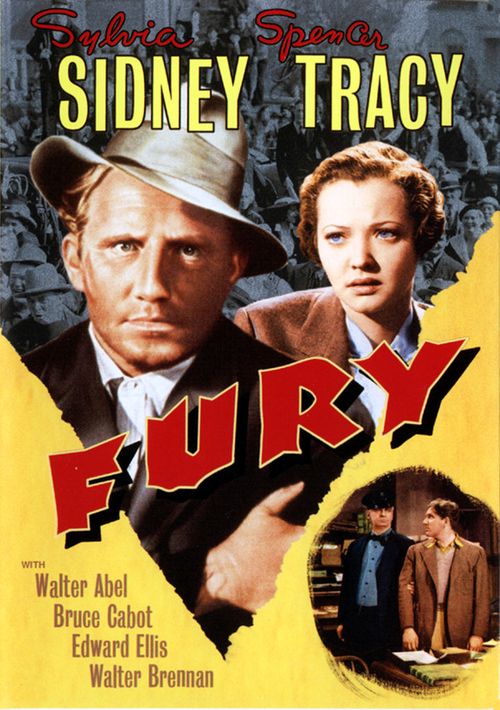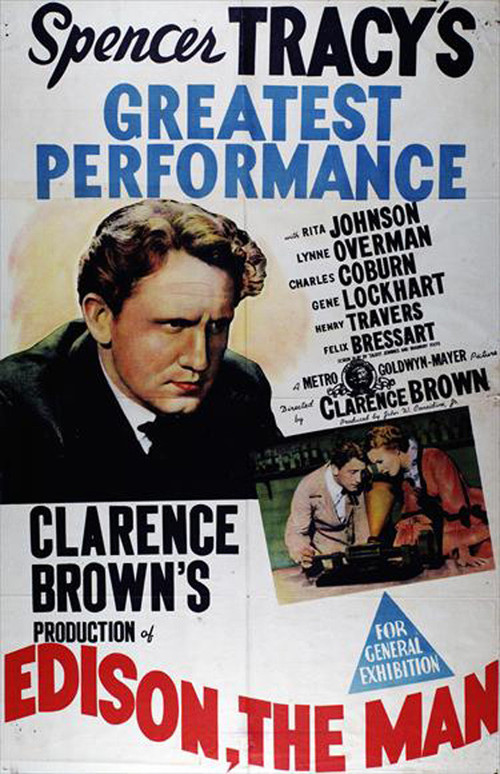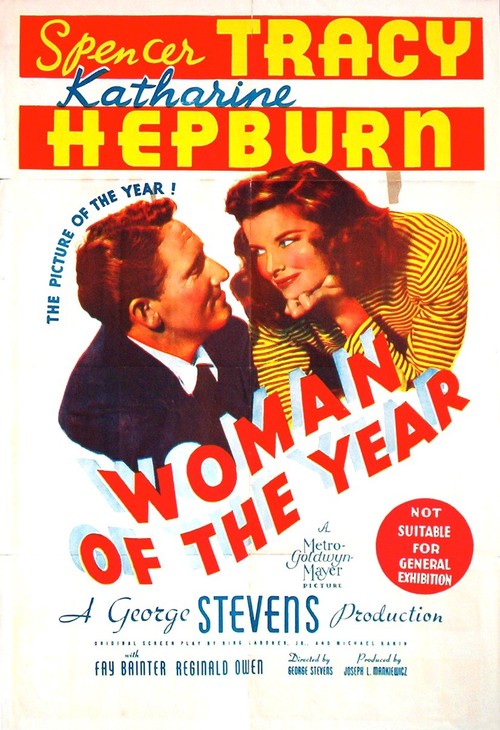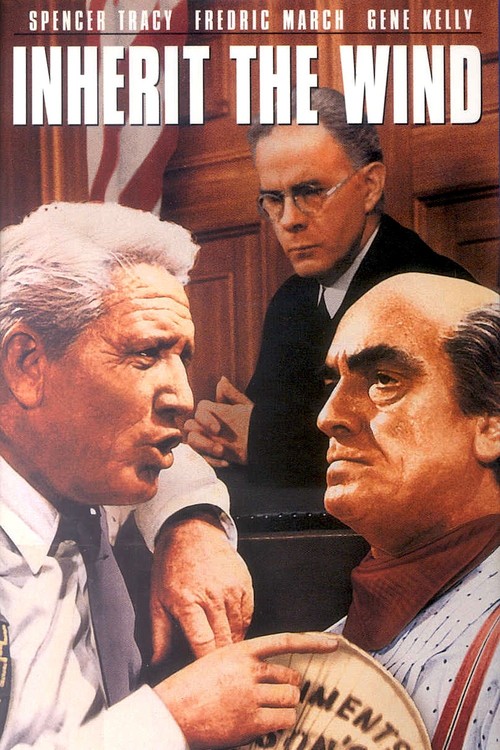
First, let’s take a moment to celebrate Spencer Tracy’s 104th birthday. And though he died back in 1967, his success and skill as an actor is still impressive today.
If you don’t know him, you should. He’s our favorite pre-Method screen actor, a man with an astonishing and natural talent. He was also a raging alcoholic, the unabashed kind who’d disappear with a case of bourbon and ask you to check back in a week. The self-described Irish potato gave MGM publicists ulcers galore. But this was one hot potato – a man who’d command a scene, and usually nail it in one take.
Today he’s best remembered for his later rom-com offerings with real-life partner Katharine Hepburn, about as unlikely a match as Jesse Jackson and Sarah Palin. But together on-screen, they made beautiful music.
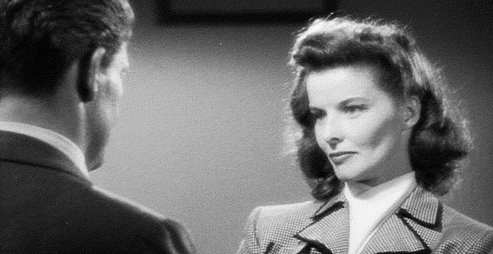
Even in the ‘30s and early ‘40s, before Kate came on the scene, the studio wasn’t tapping the blocky Tracy for action films; they had the rough and ready Clark Gable for roles like that. A notable exception was 1940’s “Northwest Passage: Book One -- Roger’s Ranger’s.”
Set in the 18th century during the French and Indian War, “Passage” follows an elite military force as they battle the French-allied Indians and ambush a remote Quebec town. Cut off from reinforcements, supplies, and relief, the injured and exhausted Rangers must survive against all odds.
If you’re wondering about “Passage’s” clunky subtitle, wonder no more: MGM had planned on following “Book One” with a sequel -- presumably subtitled “Book Two.” So why the cold feet?
Back then, the technology behind shooting in full color was brand new. Technicolor equipment was heavy, bulky, difficult to work with and frustrating to move under the best of conditions. Shooting on-location was a rarity, and for good reason – imagine dragging thousands of pounds of camera and sound equipment around and through the flora and fauna of the very majestic but very rough Idaho terrain, and you can grasp some of the problems plaguing the project.
With cost overruns and production delays piling up, MGM cut their loses and consigned “Book Two” to the hungry, gaping maw of Hollywood’s Great “Could Have Been” dustbin.
Nevertheless, the jaw-dropping location shots remain a testament to Idaho’s remote beauty and legendary director King Vidor’s vision. Plus, it’s fun to see Tracy playing the stolid, rugged hero in this burly adventure. Also watch for a young Robert Young (from TV’s “Marcus Welby” and “Father Knows Best”) as Spence’s loyal sidekick.
